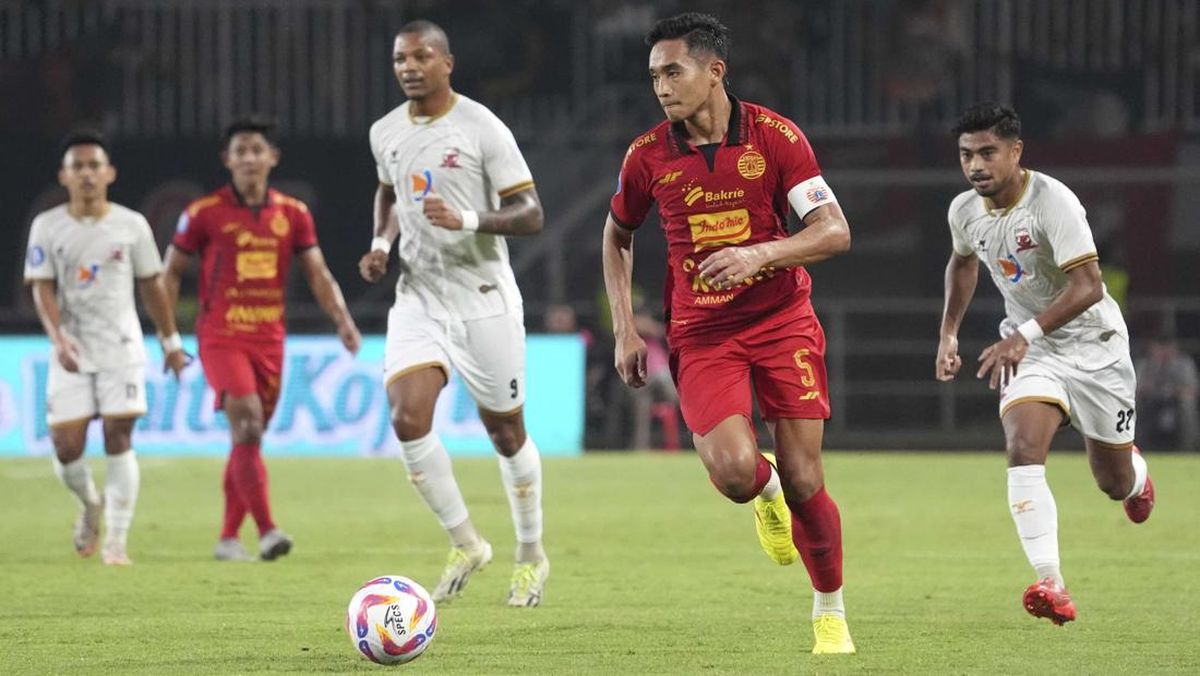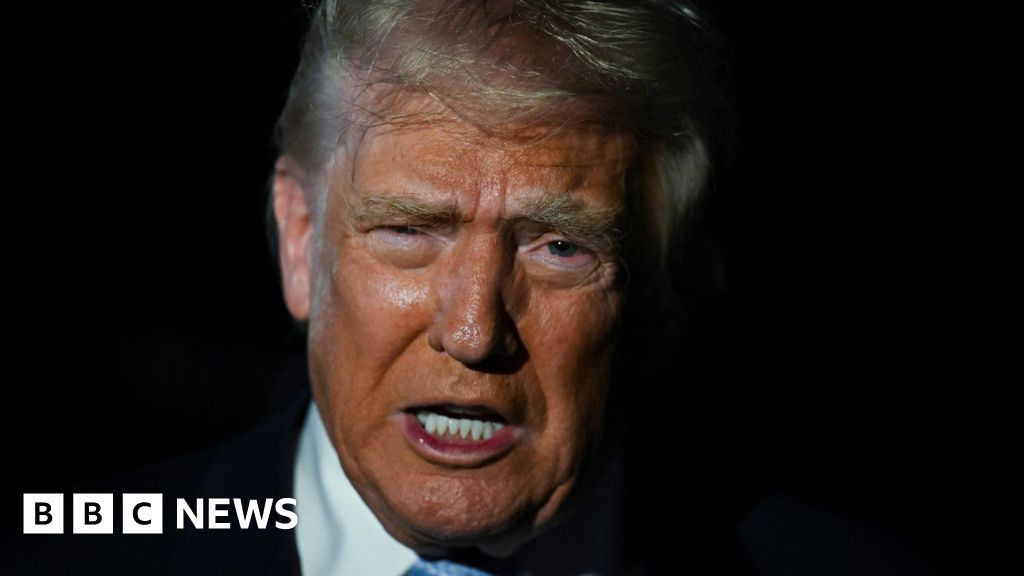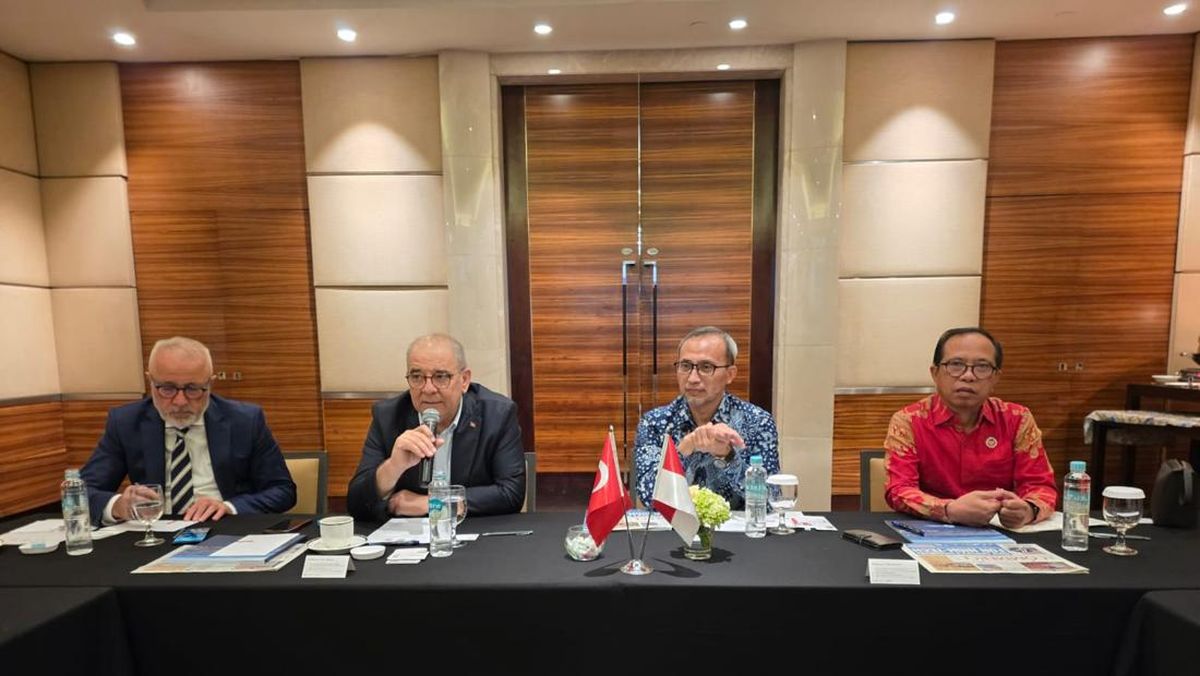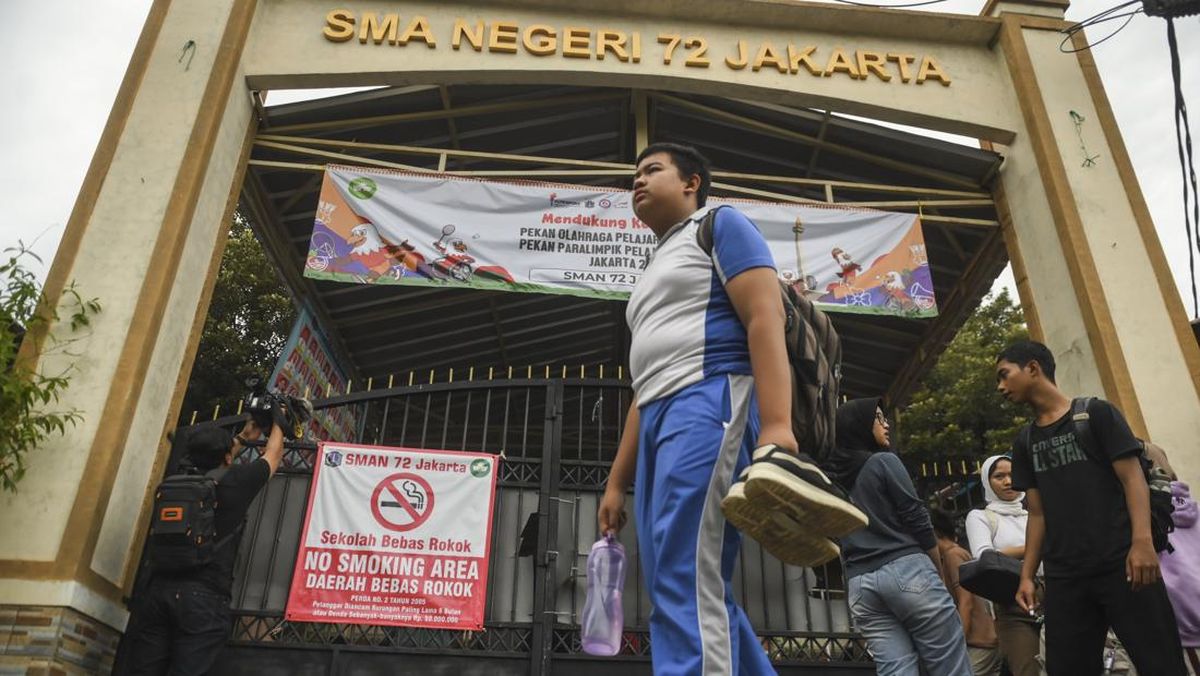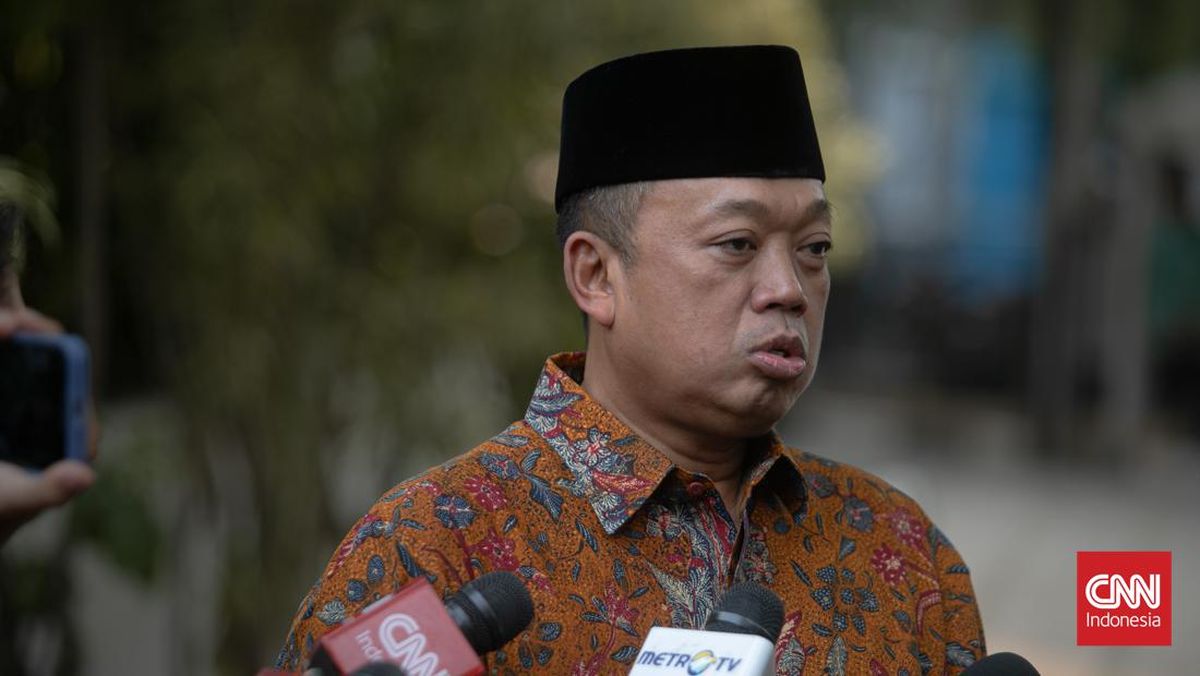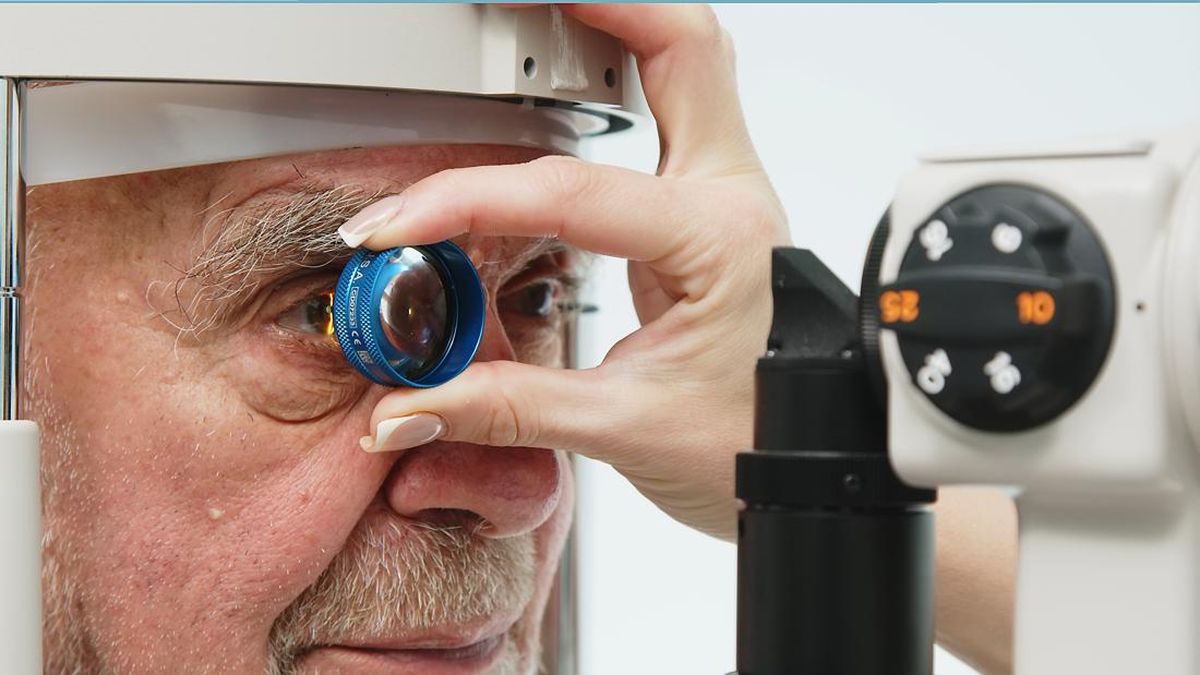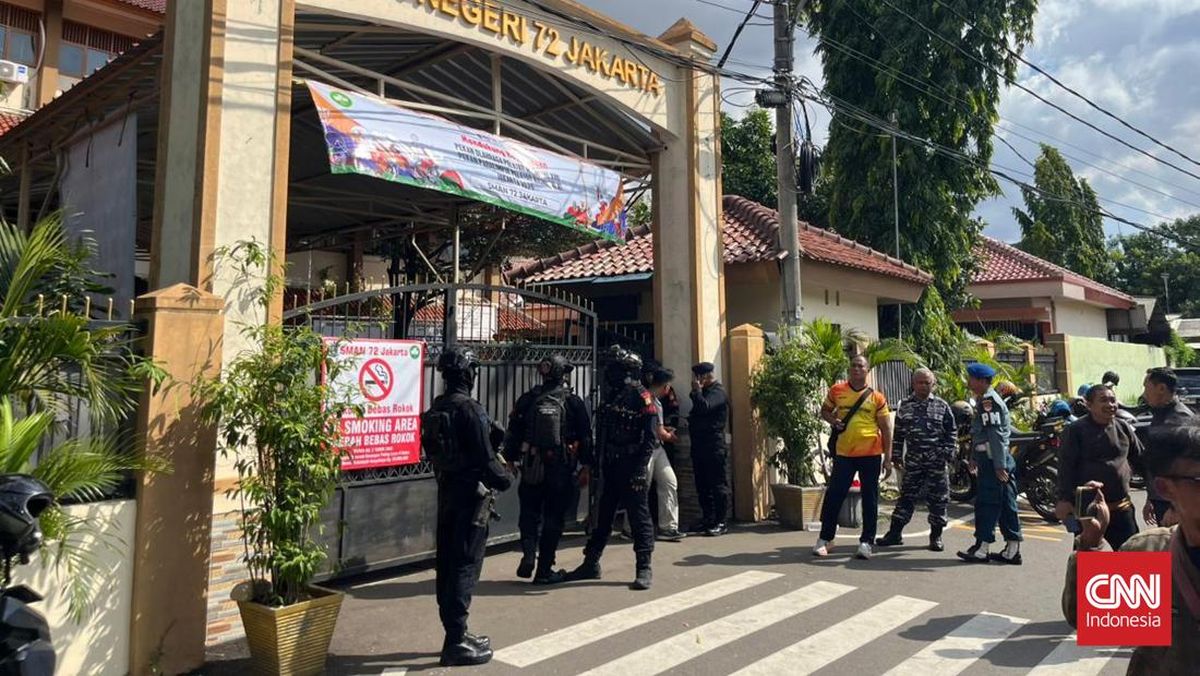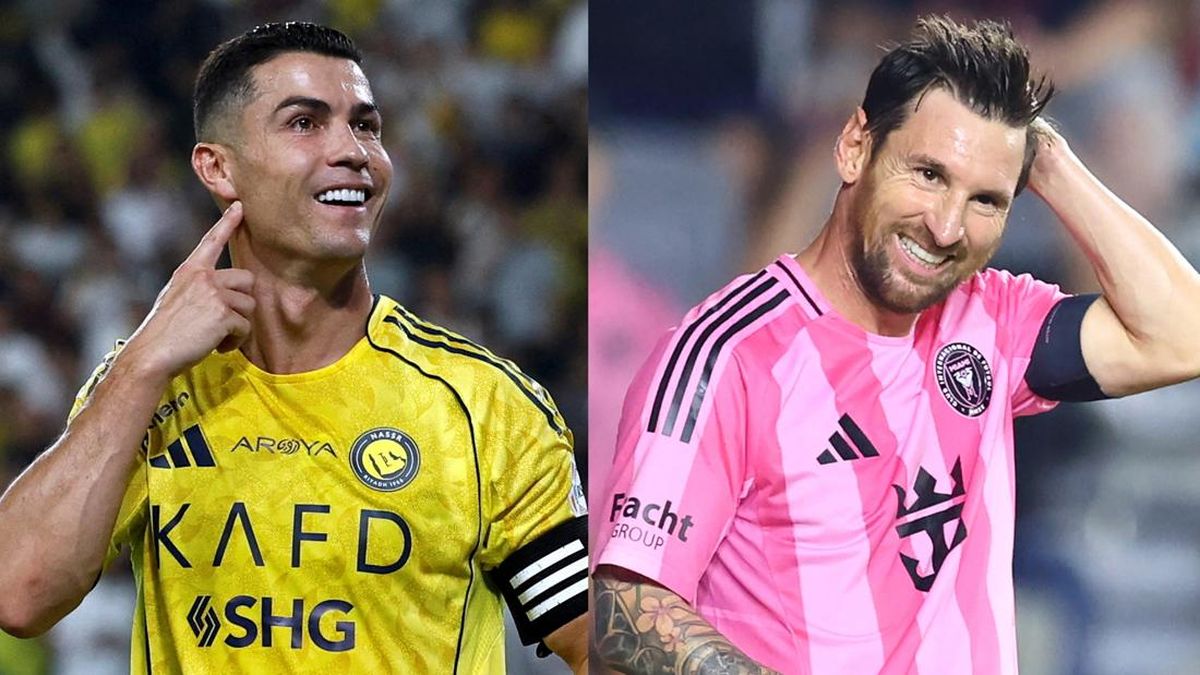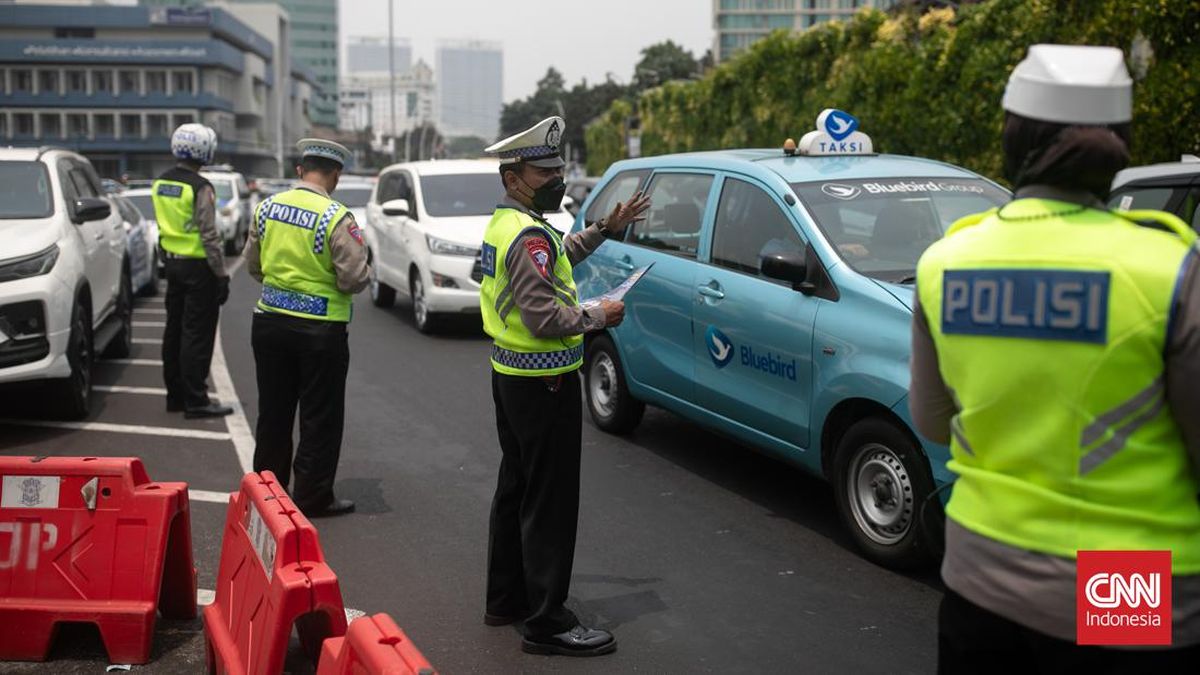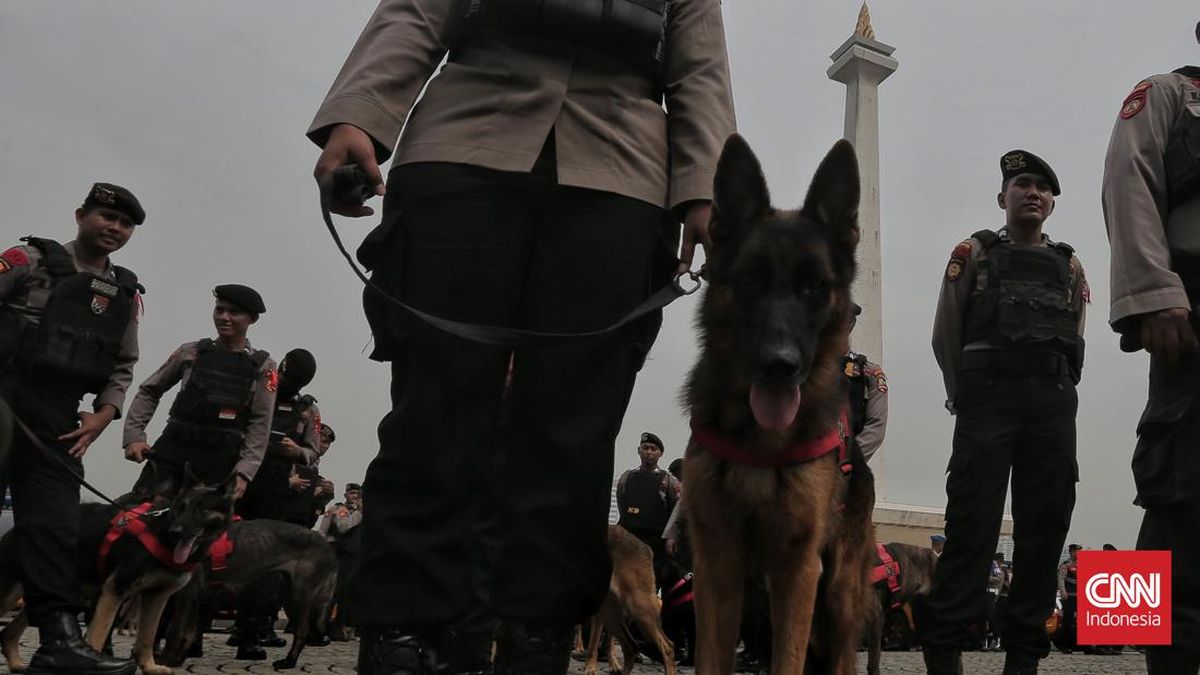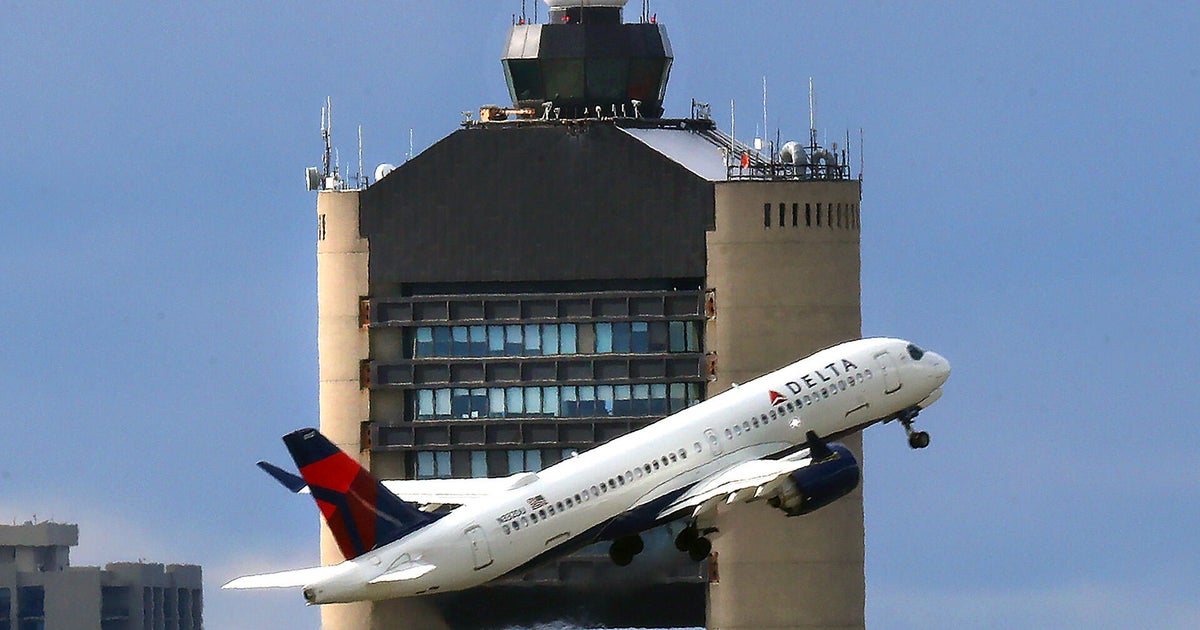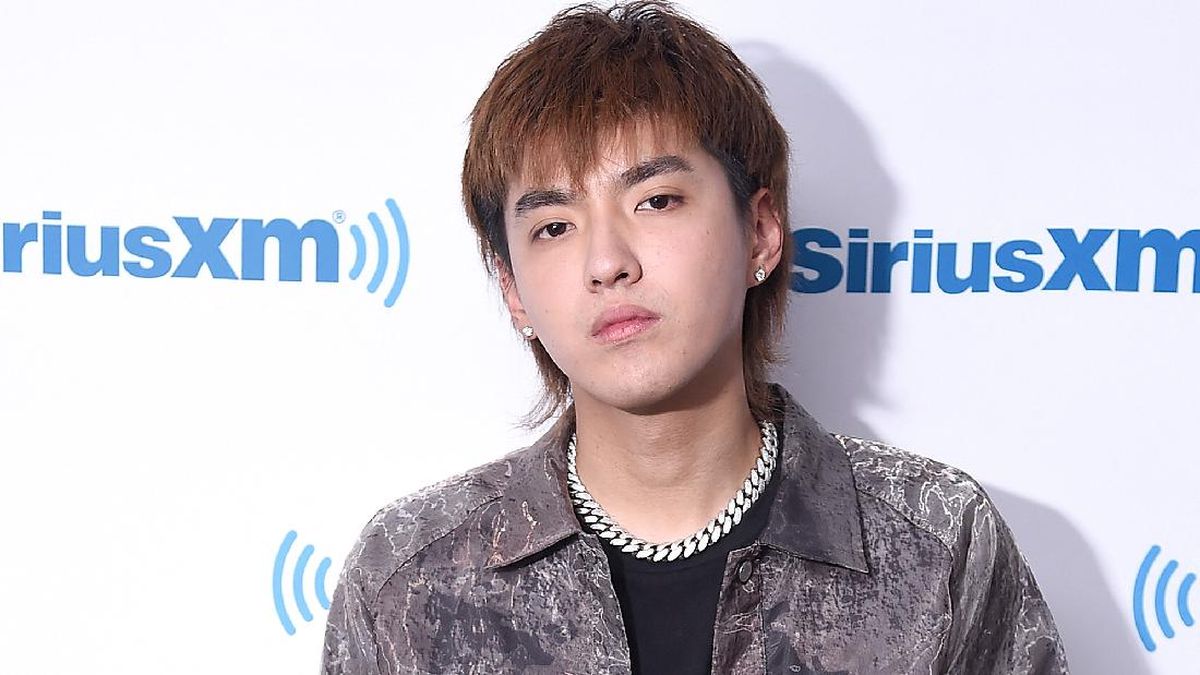Singapore: In the dry world of military procurement, the acquisition of nuclear-powered submarines has become an act of high political theatre.
Australia set the bar in this respect when it spurned France and signed up to AUKUS in a $368 billion pivot, setting in train a decade of hand-wringing over whether the United States will deliver its Virginia-class submarines by the early 2030s.

US President Donald Trump thanks South Korean President Lee Jae Myung for a gift of a gold crown during their October 29 meeting in Seoul.Credit: AP
But few analysts had it on their bingo cards that South Korean President Lee Jae Myung would emerge from trade talks with US President Donald Trump in Seoul last month with his own nuclear-powered submarine deal.
In what became the first nuclear-powered submarine program to be announced by a Truth Social post, Trump declared that he had “given approval” for South Korea to build the subs and that manufacturing would take place “right here in the good ol’ USA” in a Philadelphia shipyard.
The art of surprise, if you will.
The announcement baffled defence experts who were quick to point out that the Philadelphia site, owned by South Korean shipbuilding giant Hanwha, was not equipped to build nuclear-powered submarines.
Loading
It almost certainly perplexed South Korean officials, too, as they were pushing for the craft to be built domestically with American support to access the enriched uranium fuel required to power them.
Nonetheless, Trump’s backing was a coup for Lee, delivering on South Korea’s long-held ambition to acquire nuclear-powered submarines to boost the country’s defences in a highly complex security environment where China and Russia already have them and North Korea is developing one.
“The Americans clearly need industrially capable allies to step up. President Trump has made the call that he wants the Koreans inside the tent [rather] than outside doing their own thing,” says Peter Lee, a Seoul-based non-resident fellow at the United States Studies Centre.
China, which vehemently opposes AUKUS and views it as a “Cold War” bloc-style confrontation aimed at containing it, has so far been fairly muted in its response to South Korea’s deal with Trump.

A US Virginia-class attack submarine.Credit: US Department of Defence
For Australia, it triggered immediate questions about what impact, if any, the deal would have on its AUKUS pact, given the US is already falling behind production benchmarks needed to meet its own defence capabilities before it would be primed to sell any Virginia-class submarines to Australia.
Only last year, Lloyd Austin, the then defence secretary in the Biden administration, said it was “highly doubtful” that the US could take on another initiative like AUKUS “anytime in the near future” when asked about South Korea’s request for nuclear-powered submarines.
For now, analysts generally do not see an immediate cause for concern for Australia, given that the South Korea deal is in its infancy and a project of this kind can take years of consultation before getting off the ground. Prime Minister Anthony Albanese has also dismissed concerns.
Loading
“It is a real risk that it takes the focus off supporting Australia, but I do think it’s too early to get worried about that right now,” says Jennifer Parker, an adjunct fellow in naval studies at the University of NSW.
“We don’t know what the US is even providing to South Korea. Are they providing a design? Are they assisting in the build? Are they providing the nuclear reactor? Are they just providing support? I don’t think any of those questions are near being answered at this stage in the public domain.”
On Friday, two weeks after the Seoul meeting, the White House released a joint fact sheet on the broader trade deal, which locks in an agreement for South Korea to invest $US350 billion ($535 billion) in American industries in exchange for lower tariffs.
The document confirmed the submarine pact, but gave no further details on how many craft would be built, where they would be built, and what form they would take. There was no mention of Philadelphia shipyards, but the fact sheet noted Washington would work closely with Seoul on “avenues to source fuel”.
The early signal is that the South Korea deal will not look like AUKUS, and will not involve off-the-shelf purchases of American submarines or joint development of its own AUKUS-style fleet, with Seoul’s request limited to nuclear fuel access to equip its own submarines. Compared with AUKUS, this is a much lower demand on the US industrial base, but would still require considerable co-operation.
“If this ever happens, it will take a very long time,” says Zack Cooper, an expert in Indo-Pacific defence at the American Enterprise Institute, a US think tank.
“First, the design of reactors [that will power the submarine]. Who’s going to do that? That’s going to be a real challenge. Then you’ve got the question of training military officers. In the Australian case, we’re talking about a circa 20-year timeline to be able to have captains of nuclear boats.”
As part of the trade deal, Seoul will invest $US150 billion in the American shipbuilding industry, which the White House said would “increase the number of US commercial ships and combat-ready US military vessels as quickly as possible”, including the potential construction of US vessels in South Korea.
Peter Lee, the defence expert, sees the Korea deal as vindication that Australia made the right call going down the AUKUS path four years ago.

Prime Minister Anthony Albanese and Trump discussed the AUKUS deal during their October 20 meeting in Washington.Credit: Bloomberg
“The fact the Koreans are going down this path shows the future of undersea warfare in the Indo-Pacific is going to be determined by who has these capabilities,” he says.
South Korea’s involvement could even prove beneficial to AUKUS, Lee says, through its investment of potentially billions of dollars into the American submarine industrial base.
“I think this can only be a good thing for Australia because we have been struggling to find the resources, the technical proficiency and the number of nuclear engineering experts and physicists needed,” he says.

Rising tension: North Korean leader Kim Jong-un (right) watches a cruise missile test in 2023. North Korea is now developing a nuclear submarine.Credit: Reuters
“The Koreans are far more advanced on that side. There’s going to be a lot of growing pains around this, but I think it is going to be a game changer, potentially.”
Japan is also watching the South Korea deal closely, and recently has signalled its desire not to be left behind as the only major power in North Asia without nuclear-powered submarines.
“There are new developments, and all the surrounding countries are set to possess [nuclear-powered submarines],” Japanese Defence Minister Shinjiro Koizumi told a Tokyo TV station this month.
This could mean each country potentially ends up with its own idiosyncratic nuclear submarine fleet – due in part to different needs and desires to retain sovereignty over manufacturing and operations.
“The way to scale to compete with China is to use common designs to drive down costs and increase the number of assets that we can all operate in the region,” Cooper says.
“Why are we talking about building, as US allies, many different designs of essentially the same system? That, I think, is a question people should be debating.”
Get a note directly from our foreign correspondents on what’s making headlines around the world. Sign up for our weekly What in the World newsletter.
Most Viewed in World
Loading

